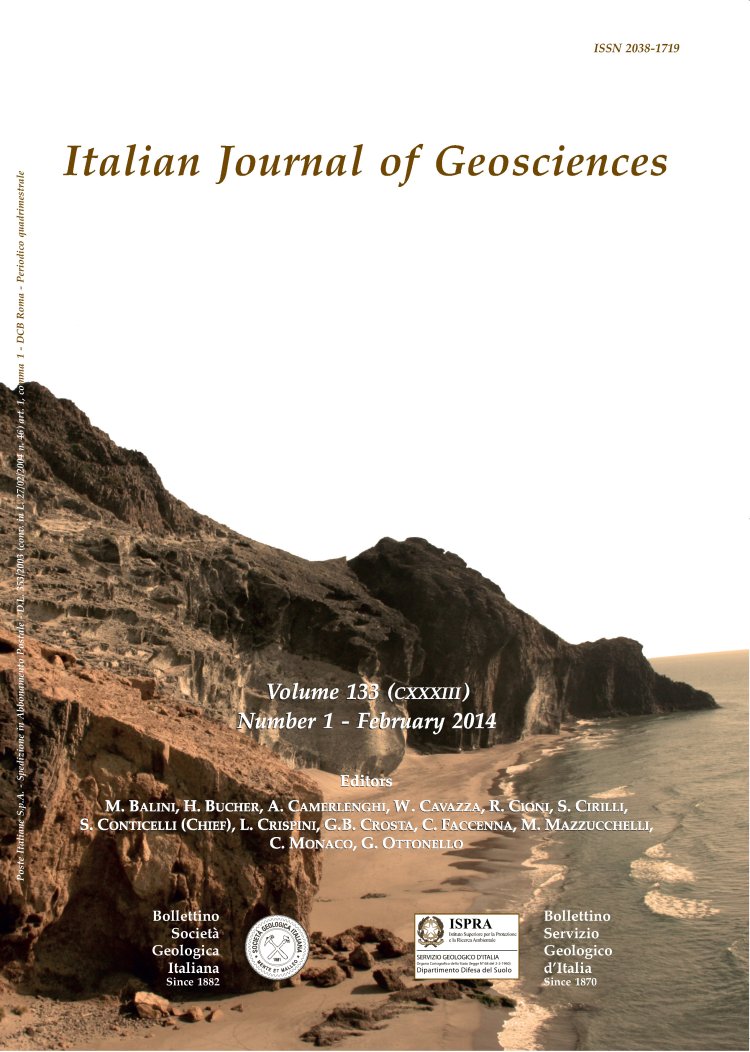
Hydric dilatation of ignimbritic stones used in the church of Santa Maria di Otti (Oschiri, northern Sardinia, Italy)
Stefano Columbu(*), Anna Gioncada(**), Marco Lezzerini(**) & Marco Marchi(*)
(*) Dipartimento di Scienze Chimiche e Geologiche, Università di Cagliari, Italy. Corresponding author: Stefano Columbu,
Dipartimento di Scienze Chimiche e Geologiche, Via Trentino, 51 -
09127 Cagliari, Italia. E-mail: columbus@unica.it. Phone number: +39 070 6757766, Fax number: +39 070 282236.
(**) Dipartimento di Scienze della Terra, Università di Pisa, Italy.
Volume: 133 (2014) f.1
Pages: 149-160
Abstract
In the historical buildings of eastern Logudoro (northern Sardinia), as well as in large areas of western Sardinia, ignimbritic rocks are widely used for ashlars and architectural elements as architraves, pedestals, shafts and capitals of columns. The decay processes affecting these rocks cause a progressive disintegration of the stone ashlars, with loss of material by exfoliation and flaking that determine a progressive retraction of the external profile of the façade with obliteration of the decorative elements. New data on the linear dilatation due to water absorption of these volcanic rocks are presented in this study in order to contribute to the evaluation of the impact of hydric dilatation in the stone degradation. The relationships among linear hydric dilatation of ignimbritic samples and petrographic and mineralogical characteristics as well as physical properties (texture, welding degree, porosity) indicate that three lithotypes with different behaviour in the water absorption can be distinguished in the ignimbrite rocks used as building stones in the church of Santa Maria di Otti (Oschiri, northern Sardinia, Italy). Although the linear hydric dilatation of the ignimbrites is moderate to low, we suggest that hydric dilatation may be an additional factor in enhancing the decay of the stones of the Santa Maria di Otti church.
Keywords
Get Full Text